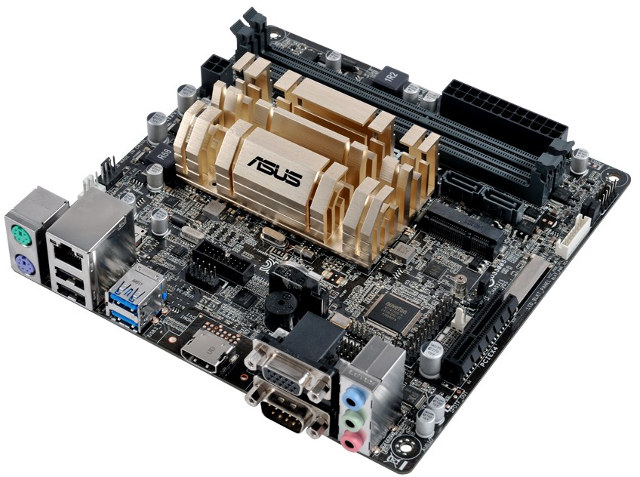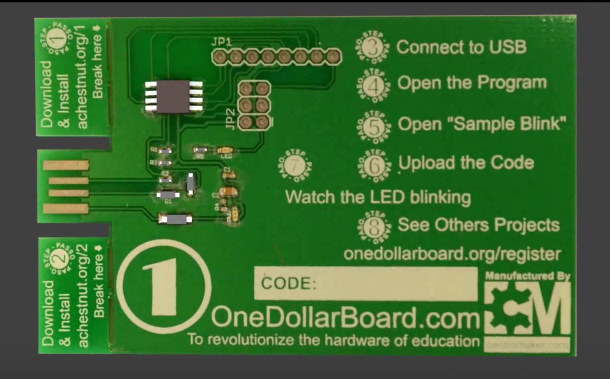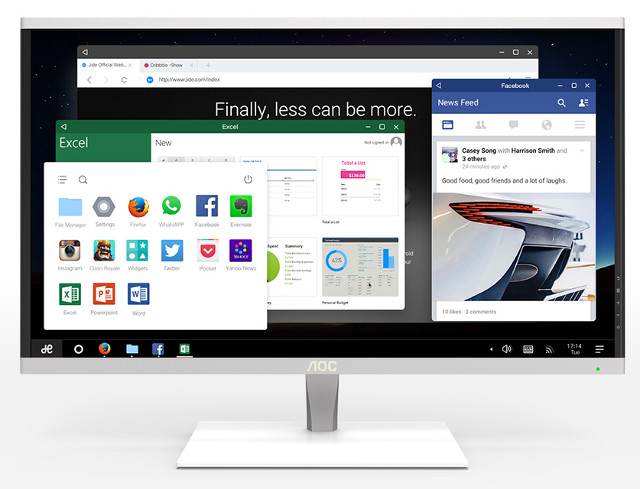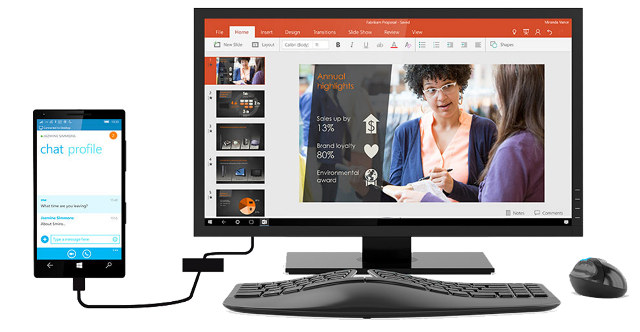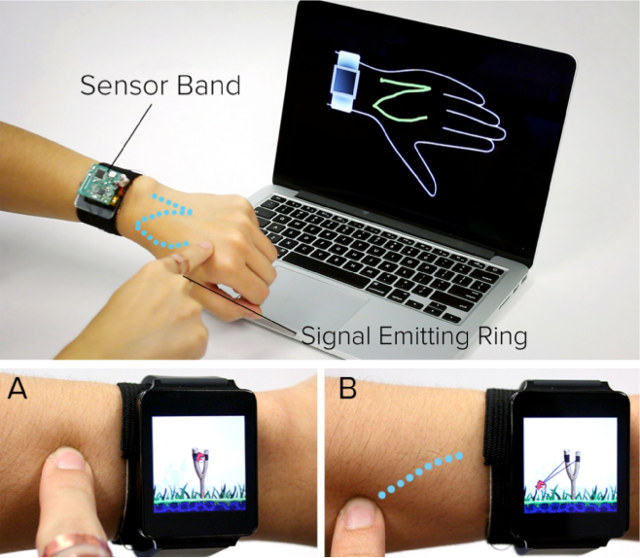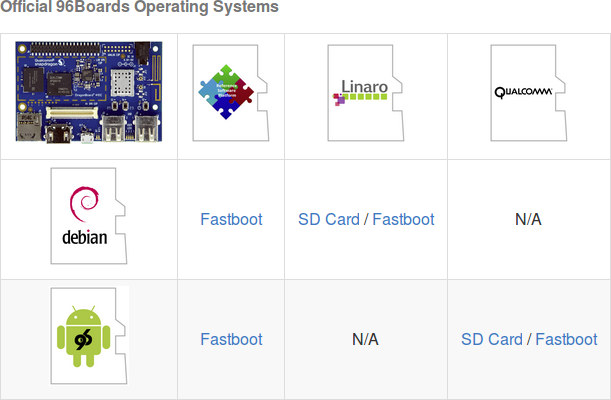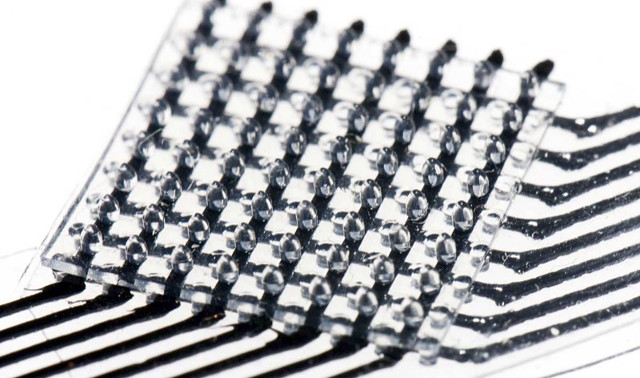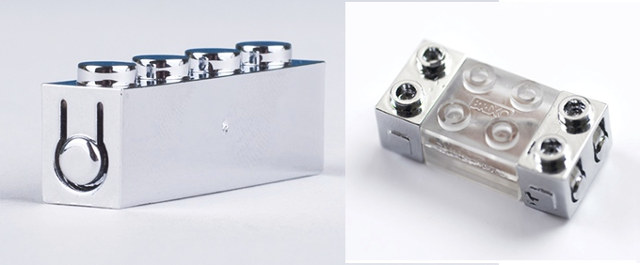Remix OS 2.0 Android port with optimization for desktop use is great on ARM hardware, as in most cases, Linux distributions or Windows 10 don’t really run perfectly on such hardware. Remix OS for x86 could also be an option for your older computer that may feel sluggish with recent desktop operating systems, but would people really run it on newer and faster x86 hardware as their main OS? Jide and Asus actually think there’s a market here, and both companies collaborated to optimize Remix OS 2.0 for Asus N3150I-C mini-ITX motherboard powered by Intel Celeron N3150 processor. For reference, I’ll list the main specifications of Asus N3150C-I motherboard: SoC – Intel Celeron N3150 “Braswell” quad core processor @ up to 2.08 GHz with Intel HD Graphics Gen8 @ up to 640 MHz – 6W TDP System Memory – 2x U-DIMM up to 8GB DDR3 1600/1066 MHz Non-ECC dual channel […]
The “One Dollar Board” Project Aims to Teach Electronics in Developing Countries (Crowdfunding)
I’ve already tried a one dollar board based on STM8s in the past, but it required a separate STLink debugger, installing a toolchain, and a few other steps. The “One Dollar Board” project, born in Brazil, has different objectives, as it aims to provide an easy way for pupils around the world to getting started with electronics, by simply connecting it to the USB port of a computer or board capable of running the Arduino IDE, and following the instructions printed on the board. One Dollar Board specifications: MCU – 8-bit MCU (likely Atmel AVR) with 8 KB flash 6x GPIO (input and output ports) USB – 1x USB port for power and programming Misc – 2x LEDs, reset button Expansion – Spaces for Wifi ESP8266, Atmel 24C256 serial EEPROM (256 KB), and L293 Driver motor (unclear where though) Power Supply – 5V via USB Dimensions – Compatible with Arduino […]
AOC Mars is an ARM Based 24″ All-in-One PC Running Remix OS 2.0
AOC International and Jide Technology has partners to launch Mars, the first all-in-one (AIO) PC supporting Remix OS. The computer is powered by Amlogic S905 processor with 2GB RAM & up to 64GB storage, and features a 23.8″ display. AOC Mars “M1238B” preliminary specifications: Soc – Amlogic S905 quad core Cortex A53 processor @ 2.0 GHz with penta-core Mali-450MP GPU System Memory – 2GB RAM Storage – 16 or 64 GB flash depending on model Display – 23.8″ display with 1920 x 1080 resolution Video – 2x HDMI ports Audio – Stereo speakers, 3.5mm jacks for headphone and microphone Connectivity – Ethernet, and probably WiFi and Bluetooth (TBC) USB – 4x USB 2.0 ports Misc – Power, volume, menu and back buttons Dimensions – 9.9mm thickness, 13.3 mm border width The computer will run Remix OS 2.0. It will first be showcased at CES Asia 2016 in Shanghai, launched in […]
Moly PcPhone Runs Windows 10 Continuum on Qualcomm Snapdragon 617 Processor, Costs Less than $400
Mobile and PC convergence is slowly happening both on Ubuntu with devices like BQ Aquaris M10 Ubuntu Edition tablet, and various Windows 10 Continuum smartphones. The most affordable offering is likely to come from mainland China vendors, such as Moly PcPhone 6″ smartphone based on Qualcomm 617 octa-core Cortex A53 processor with 3GB RAM, and running Windows 10 Continuum. Moly PcPhone specifications: SoC – Qualcomm Snapdragon 617 Octa core Coretex A53 processor @ 1.5 GHz with Adreno 405 GPU System Memory – 3 GB RAM Storage – 32 GB flash + micreo SD slot up to 200 GB Display – 6″ Full HD (1920×1080) LTPS display; Gorilla Glass 3 Cellular Connectivity Dual SIM Dual Standby, Adaptive SIM Slot 2G GSM: Band 2/3/5/8 3G WCDMA: Band 1/6/8/9/19 4G FDD-LTE: Band 1/2/3/4/7/8/9/19/26/28B 4G TDD-LTE: Band 38/40/41 Wireless Connectivity – Wi-Fi: 802.11 a/b/g/n/ac, Bluetooth 4.0, and NFC Camera – 13MP auto-focus rear camera […]
SkinTrack Controls Your Smartwatch with Gestures on Your Skin or Clothes
A group of researchers of the Future Interface Group, Carnegie Mellon University in the US, has worked on SkinTrack technology which enables continuous touch tracking on the skin by using a ring emitting high frequency AC signal, and a sensing wristband with multiple electrodes. They’ve created sensor band and ring prototypes to demonstrate the technology. The ring includes an oscillator that generated a 80Mhz sine wave at 1.2Vpp. It consumes 7mA during operating meaning that they could get 15 hours out of the 100 mAh battery used in the prototype. The wristband features four pair of electrodes coupled with AD8302 RF/IF gain and phase comparator chips in order to derive X and Y coordinates from the phase of the signal. The sensing board produces eight analog values which are sampled by Atmel ATMega328 microcontroller’s 10-bit ADC inputs, and transmitted to the watch using a Nordic NRF8001 Bluetooth Low Energy (BLE) […]
Debian on DragonBoard 410c Development Board
I purchased Qualcomm DragonBoard 410c development board last year, and first tested it and run some benchmark on the 96Boards compliant hardware with Android. I found that it was still work-in-progress, and decided to wait before trying Debian on the board. I’ve now done so, and will report by experience installing Debian Linux, playing with the board, and running Phoronix benchmarks to compare it to other ARM Linux boards. Installing Debian on DragonBoard 410c The first challenge is to navigate through the documentation that is not always clear or up-to-date. I eventually ended up on DragonBoard 410c Wiki on Github. You then have to decided which image you want. While there are two official operating systems with Android and Debian, you can three “entities” releasiong their own images. For Debian specifically, you have the Linaro image, and Reference Platform Build (RPB) image. I could not find any changelog or known […]
Tacterion Brings Capacitive Touch to Smart Clothing and Various Materials or Surfaces
With the advance of smartphones and other mobile devices, we’ve all been used to capacitive touch screens, but Tacterion, a German company born out of the Institute of Robotics and Mechatronics, at the German Aerospace Center, has designed “artificial skin” sensors that bring capacitive touch and other features to all sort of materials. Since the company wants to protect its IP they don’t disclosed much details about the inner working of their sensors: The patent protected technology is completely polymer-based. The technological principle are sensitive elements that measure based on transition resistivity: The more pressure is exerted on the polymer-based, electrically conducting elements, the lower the transition resistivity is, which is being measured continuously. Using our highly integrated high-speed readout electronics, a matrix of sensor elements can be combined to form sensitive surfaces. The readout electronics provides information regarding pressure and its distribution at a frame rate of 400 Hz. […]
Brixo are LEGO Blocks for IoT and Robotics Applications (Crowdfunding)
Brixo, an Israeli start-up, has designed LEGO compatible blocks – also called Brixo – that conduct electricity, embed sensors, Bluetooth connectivity LED lights, or even motors. You simply use them as any LEGO blocks, but you can control them using light, sound, or your smartphone. There are three type of blocks Connector blocks – Made of chrome and used to connect the trigger blocks to the action blocks. They act like wires. Trigger blocks – They include Bluetooth connectivity, a proximity sensor, a light sensor, or/and a sound sensor Action blocks – LED lights or motors blocks They also have a smart battery block with Bluetooth LE designed for a 9V rectangular battery. Now get some of your existing LEGO accessories, and start having fun. The demo below shows the battery block on the right, some connector blocks, and various triggers and action blocks. You don’t even need any smartphone […]


